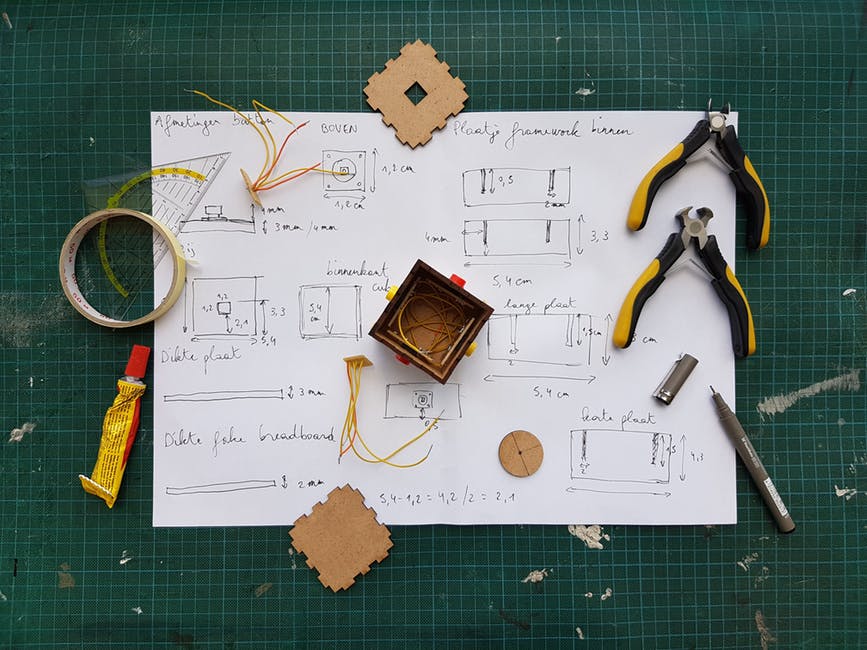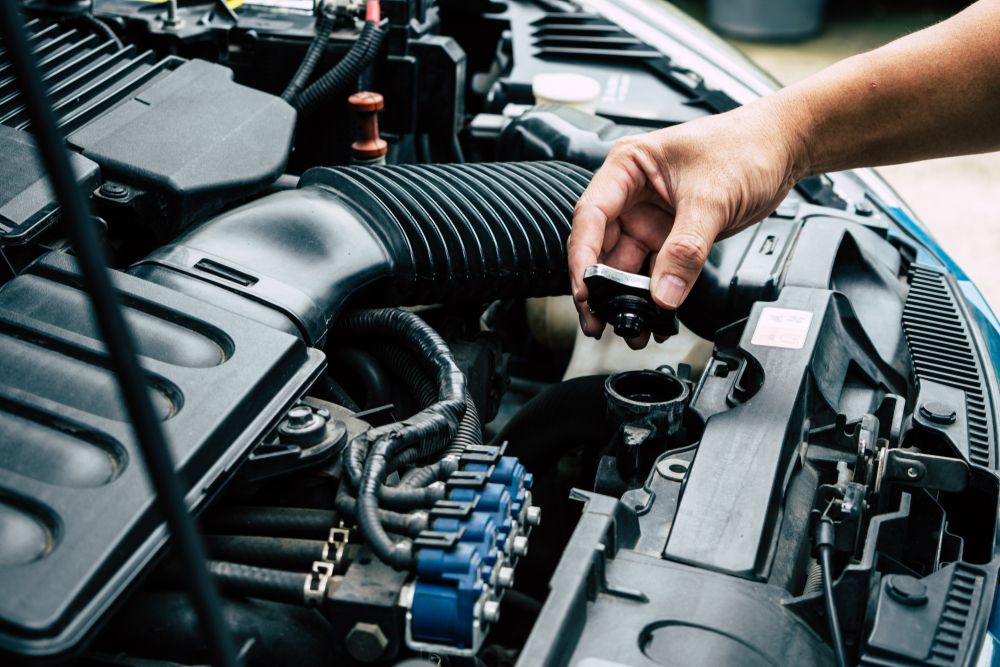If you are looking for the most economical method of making a prototype, search no more as here comes vacuum casting. This technique involves the right temperature when curing the material. For instance, for resin, it requires 30 degrees Celsius to avoid shrinkage at a vacuum pressure time of five minutes.
This process is similar to duplication with use of a silicon mold. It was in 1960 when experts use plastic in casting utilizing silicon molds.
Understanding Vacuum Casting
It is a casting process for elastomers that uses a vacuum to draw the material into the mold. If you have a problem with air entrapment in the mold, this type of casting is a good option. Also, the process is very helpful when it involves intricate details and undercuts on the mold.
You can also use the process if the material used in molding is a fiber or reinforced wire. Thermoforming is the other term used for this method since its process involves rapid prototyping in which includes preheating of plastic sheets. The automated vacuum casting machine preheats the materials until they become soft and pliable.
How Does This Type of Casting Work?
You need to have a premium-quality master model. Make sure that the master model is of the right dimensions and appearance. So, there will be no flaws transferred to the prototype model after the finishing process.
Next, place the master model into a two-part silicone rubber mold. Curing under high temperature is the next step, so the two parts will stick together firmly. This will strengthen the mold and sturdy.
After curing, it is cut open to display the hollow space at the center, which has the design of the master model. Then it will be placed in a vacuum chamber where the mold is filled with your chosen material to create the product.
Fill the mold using the chosen material. The resin imitates the characteristics of the material. Metallic powder or other coloring substances is then added into the resin material to achieve the look that you want. Then, the mold with resin material is placed in the vacuum chamber to make sure that there are no air bubbles. It will make sure that the end product is not damaged or ruined.
The final curing process involves placing the resin in the oven. Cure the mold at high temperatures to make the material durable and strong. Remove the silicone mold so you can use it in creating more prototypes. The prototype is then decorated and painted to make the final product look great.






